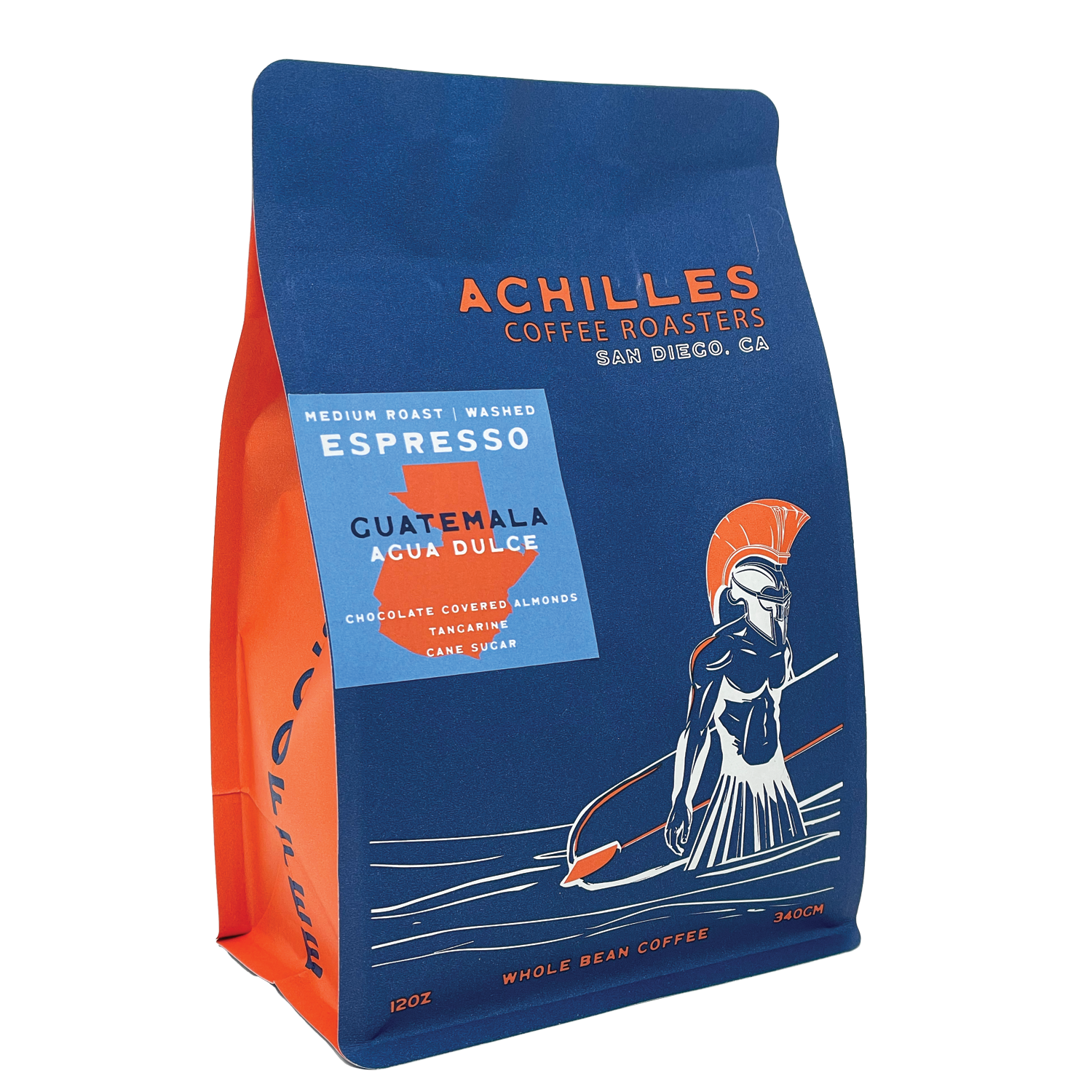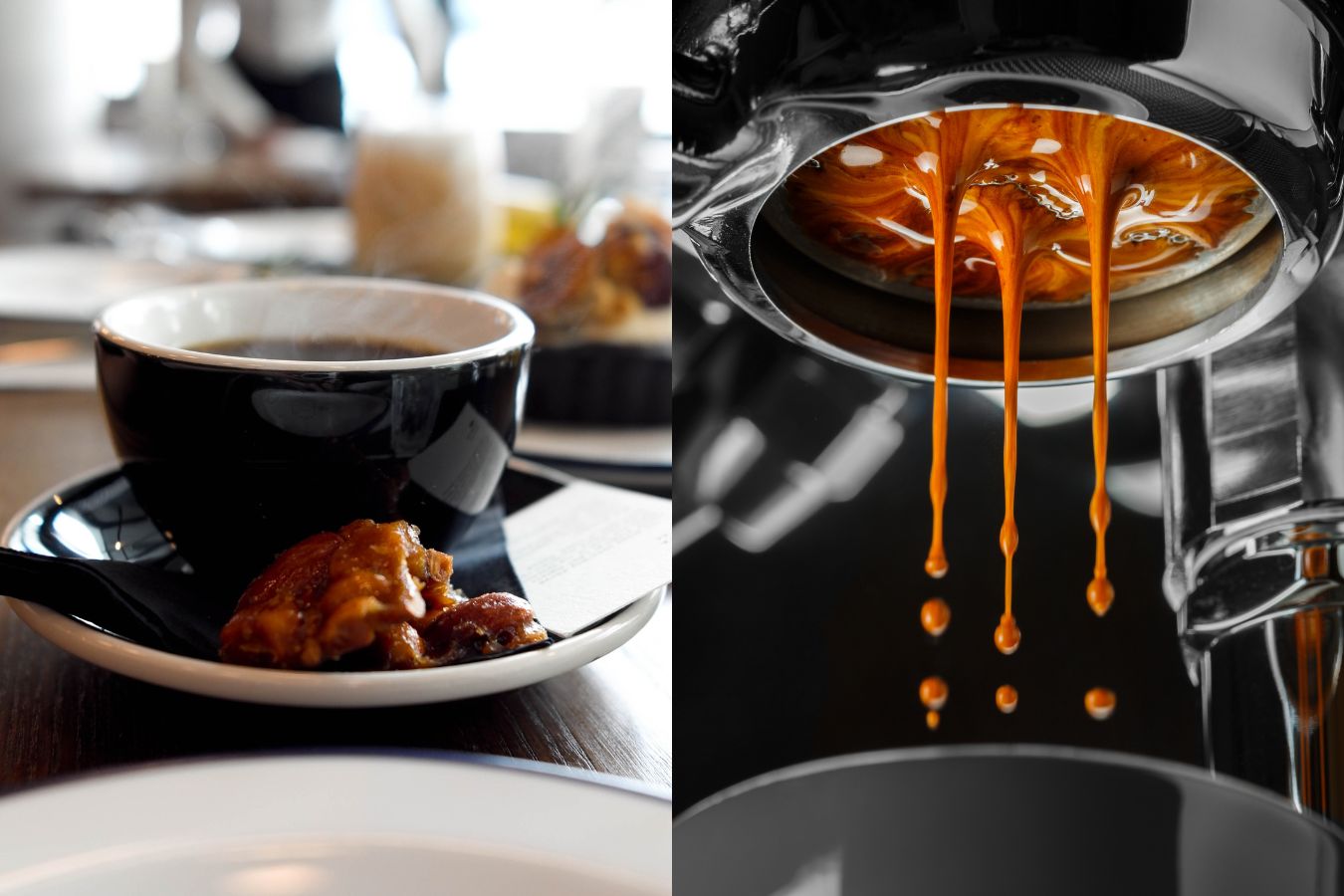Taste the Difference with Just-Roasted SOE Single Origin Espresso
Taste the Difference with Just-Roasted SOE Single Origin Espresso
Blog Article
Comprehending Coffee Beans: the Trip From Espresso to Blended Coffee Beans

The Beginnings of Coffee: A Worldwide Perspective
While you could assume of coffee as a modern-day staple, its origins trace back centuries, linking with cultures around the world. The story starts in Ethiopia, where legend claims a goat herder called Kaldi discovered the invigorating impacts of coffee beans after discovering his goats romping vigorously after eating them. This triggered rate of interest, resulting in coffee's infect Arab traders that valued the made beverage. By the 15th century, it got to Persia, Egypt, and Turkey, where coffee shops became social centers for conversation and society.
As trade routes increased, coffee made its means to Europe in the 17th century, promptly getting popularity. It transformed from a mystical drink into a daily routine, intellectual exchanges and inspiring events. Each society included its unique twist to coffee preparation, enhancing its background. This global journey highlights just how coffee connects us, going beyond boundaries and joining diverse customs with an easy bean.
Cultivation and Harvesting of Coffee Beans
As coffee's trip progressed, the focus changed to the cultivation and harvesting of certain bean ranges, particularly those made use of for coffee. You'll discover that espresso beans usually come from Arabica or Robusta plants, each offering unique flavors. The ideal expanding conditions consist of high elevations and abundant, well-drained dirt, which enhance the beans' high quality.
During the harvest, choosing approaches vary. In some regions, workers hand-pick ripe cherries, making certain just the most effective fruit mosts likely to processing. In other areas, mechanical farmers are utilized, specifically on larger farms. When the cherries reach peak perfection for maximum flavor., timing is essential; you want to collect.
When gathered, the beans are gotten ready for processing, which is essential in determining their last taste. Comprehending the cultivation and harvesting procedures offers you understanding right into what goes right into your preferred coffee, enriching your appreciation for each and every mug.
Handling Approaches: From Cherry to Bean
Since you've discovered harvesting coffee beans, allow's explore just how those cherries transform into the coffee beans you love. You'll see just how various harvesting techniques influence taste, adhered to by the crucial steps of fermentation and drying. Lastly, we'll break down the milling and grading process that identifies your coffee's high quality.
Harvesting Methods Described
When it pertains to coffee, understanding harvesting strategies is important, considering that they straight impact the flavor and top quality of the beans you enjoy. There are 2 primary techniques: discerning selecting and strip selecting. Selective picking includes hand-picking only ripe cherries, ensuring you obtain the ideal top quality beans. This technique commonly causes a richer taste account, though it's even more labor-intensive. On the various other hand, strip choosing ways collecting all cherries at when, regardless of perfection. While it's quicker and less costly, this can cause a mix of tastes, influencing the final product. Eventually, the option of gathering method can substantially influence your coffee experience, so it's worth knowing how those beans made it to your cup.
Fermentation and Drying
After collecting, the following actions in processing coffee beans play a substantial function in shaping their flavor. You'll discover that fermentation is vital, as it aids break down the mucilage bordering the beans, improving their taste profile. Depending upon the technique, this process can last from a couple of hours to a number of days, with differing outcomes based on temperature and humidity.
Sun-drying allows the beans to soak up tastes from the setting, while mechanical drying out assurances regular moisture levels regardless of climate. Correct drying is important to avoid mold and protect the beans' quality, eventually affecting your cup of coffee.
Milling and Grading Process
As fermentation and drying set the phase for flavor growth, the milling and grading procedure guarantees that just the ideal coffee beans make it to your cup. This phase involves removing the outer layers of the coffee cherry, consisting of the parchment and husk. High-quality beans obtain a greater grade, resulting in a richer coffee experience.
Toasting Strategies: Unlocking Taste Prospective
When you roast coffee beans, the approach you pick can significantly affect the flavor profile. Comprehending the connection in between time, temperature level, and toasting techniques is essential to disclosing the possibility of your mixture. Allow's discover just how these components integrated to develop the perfect cup.
Roasting Techniques Clarified
While you could believe that all coffee toasting approaches generate the same results, the truth is that each method exposes special flavor capacities in the beans. Drum roasting utilizes a rotating drum to equally distribute warm, enhancing caramelization and creating a well balanced flavor. Air roasting, on the various other hand, circulates hot air around the beans, advertising a lighter roast with obvious acidity.

Effect on Taste Profile
Various toasting techniques not only affect the process however likewise considerably impact the taste account of the coffee beans. Dark roasts, on the various other hand, bring out vibrant, great smoky tastes, occasionally masking the bean's distinct attributes. Understanding these nuances assists you appreciate the creativity behind your cup of coffee, improving your general experience with every sip.
Time and Temperature Level Factors
To release the complete taste possibility of coffee beans, both time and temperature during the roasting process play significant duties. When toasting, you'll discover that higher temperature levels can promptly establish flavors, however if you rush it, you might wind up with burned notes. On visit the site the other hand, lower temperatures allow for an extra progressive flavor development, showcasing the beans' unique characteristics.

Timing is equally as essential; extending the roast also long can cause a loss of acidity and brightness, while too short a roast could leave the beans underdeveloped. Locating that pleasant area requires practice and experimentation. By readjusting these variables, you can expose the rich, complex tastes concealed within each bean, producing a really amazing coffee experience.
The Art of Blending: Crafting Special Coffee Accounts

Begin by picking a base coffee that offers a strong foundation. Choose corresponding beans to improve specific taste notes. A bright Ethiopian bean can bring fruitiness, while an abundant Brazilian coffee adds body. Testing is key-- do not be afraid to adjust ratios until you discover your ideal profile.
As you mix, bear in mind that each mix narrates. You're not just making coffee; you're producing an experience. Take your time, taste frequently, and enjoy the trip of discovering your signature mix - Single Origin Espresso.
Developing Methods: How Preparation Influences Taste
Mixing coffee opens up a domain of flavor opportunities, yet exactly how you make that blend can considerably influence your last cup. On the other hand, a pour-over highlights the coffee's quality and illumination, ideal for showcasing fragile notes.
Coffee, with its high pressure, generates a focused shot that highlights sweet taste and crema. If you choose a lighter brew, think about a cool mixture method; it produces a smooth, much less acidic preference.
Adjusting variables like water temperature level, grind size, and brew time can transform your coffee's account. Embrace the art of developing to find the tastes hidden in your coffee blends.
The Future of Coffee: Sustainability and Development
As the coffee sector advances, sustainability and technology are becoming essential for attending to environmental difficulties and conference consumer needs. You'll observe that even browse around this site more coffee firms are taking on green techniques, from sourcing beans ethically to executing lasting farming strategies. These changes not just assist the earth however additionally enhance the top quality of the coffee you take pleasure in.
You may see technologies like eco-friendly packaging and water-saving brewing approaches that reduce waste. Advanced innovation, such as blockchain, is also coming to be preferred, making certain openness in the supply chain, which enables you to map your coffee back to its origins.
Furthermore, purchasing local communities and supporting farmers via reasonable trade campaigns fosters a much more sustainable coffee community. As you drink your following mug, bear in mind that your selections can add to a brighter future for coffee. By choosing sustainable brands, you're not just appreciating a beverage; you're making a favorable effect on the globe.
Often Asked Concerns
What Is the Difference In Between Arabica and Robusta Beans?
Arabica beans are smoother, sweeter, and have a higher acidity, while robusta beans are stronger, a lot more bitter, and consist of more high levels of caffeine. When brewing your coffee., you'll discover these distinctions in flavor and fragrance.
Just How Does Altitude Affect Coffee Bean Flavor?
Altitude effects coffee bean taste significantly. Higher elevations generate beans with brighter level of acidity and complex tastes, while reduced elevations usually produce beans that are larger and less nuanced. You'll see these differences in your cup!
What Are the Health And Wellness Benefits of Drinking Coffee?
Consuming coffee can improve your energy, improve mental emphasis, and also boost physical efficiency. It's rich in anti-oxidants, may decrease the risk of particular illness, and can promote a healthier here are the findings metabolism when consumed in moderation.
Can Coffee Beans Be Reused for Brewing?
Yes, you can recycle coffee beans for developing, however the flavor may be weaker. If you delight in experimenting, try recycling them in various ways, like chilly mixtures or adding to healthy smoothies for an extra kick.
Just how Should I Shop Coffee Beans for Freshness?
To keep your coffee beans fresh, store them in an airtight container in a great, dark place. Stay clear of exposing them to warmth, wetness, or light, as these factors can rapidly weaken their taste and fragrance.
Understanding Coffee Beans: the Journey From Coffee to Blended Coffee Beans.
Now that you've found out regarding gathering espresso beans, allow's explore exactly how those cherries transform into the coffee beans you like.When you roast coffee beans, the method you choose can drastically influence the taste account - Single Origin Espresso.While you might believe that all coffee roasting approaches produce the exact same results, the truth is that each method reveals one-of-a-kind flavor capacities in the beans.Various roasting approaches not just affect the process but additionally greatly influence the taste profile of the coffee beans
Report this page